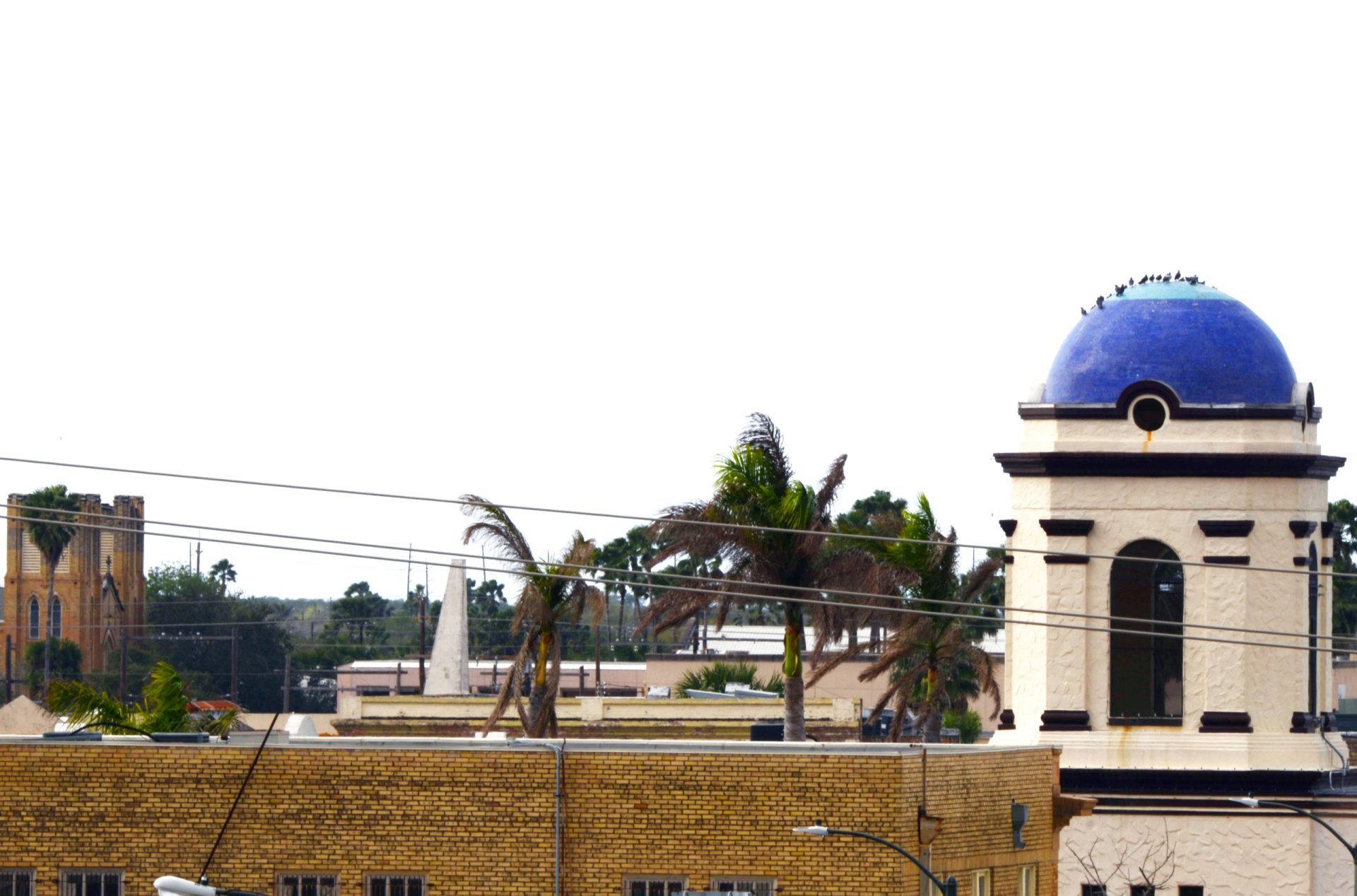|
Only have a minute? Listen instead
Getting your Trinity Audio player ready...
|
According to city officials, if voters approve the proposed Greater Brownsville Municipal Development District, or MDD, on May 4, it will mean a lot more money to spend on more projects — including quality-of-life projects — in more places.
The MDD would replace the city’s two economic development corporations, the Brownsville Community Improvement Corporation and the Greater Brownsville Incentives Corporation, each of which is supported by a quarter-cent sales tax collected within the city limits.
From the city’s perspective, the advantage of an MDD over the traditional EDCs is that it would also be able to tap sales tax revenue from the city’s Extra-Territorial Jurisdiction — a sort of buffer zone that extends beyond a municipality’s official city limits.
According to the Texas Local Government Code, the Legislature allowed the creation of ETJ zones around municipalities “to promote and protect the general health, safety, and welfare of persons residing in and adjacent to the municipalities.” For cities like Brownsville, with populations of 100,000 or greater, ETJ zones can’t extend farther than five miles beyond city limit boundaries.
Brownsville City Commissioner for District 3 Roy De los Santos said some parts of Brownsville’s ETJ zone extend far less than five miles due to the proximity of other cities. At any rate, the city is missing out on $400,000 in sales tax revenue that could be collected from the ETJ each year, a figure that doesn’t include coming economic trends, he said.
“When we look to the future, and I think that’s why we’re interested in this, when we see expansion and growth out toward SpaceX, and in the future with the site that’s being considered for the second causeway, all of that would fall into our ETJ,” De los Santos said. “So there’s the potential that we could see an increase in the amount of revenue that could be generated from those areas in the future.”
Brownsville’s ETJ has a 6.25% sales tax rate compared to 8.25% within city limits. If voters approve the MDD, the ETJ sales tax rate will increase to 6.75% (not 8.25%, since the 1.5% that goes into the city’s general fund still won’t be collected in the ETJ), he said.
For customers, it would mean an extra nickel per every $10 spent in the ETJ, De los Santos said.
The MDD would also have a greater reach than BCIC or GBIC, since it would be able to conduct economic development and quality-of-life projects in the ETJ as well as within city limits proper, he said. With one administrative structure rather than two separate ones, some cost savings should eventually be realized, savings that would go back into quality-of-life or economic development projects, De los Santos said.
If voters approve the MDD on May 4, a charter will be written that will determine, among other things, the role of current GBIC and BCIC employees within the new organization, he said.
Fully 50% of the MDD’s funding spent on projects would go toward quality-of-life projects, De los Santos said, noting that it would represent a “big win” for quality-of-life priorities in contrast to current economic development vs. quality-of-life project allocations with the two separate EDCs.
April 30 is the last day of early voting. Election Day is May 4.





